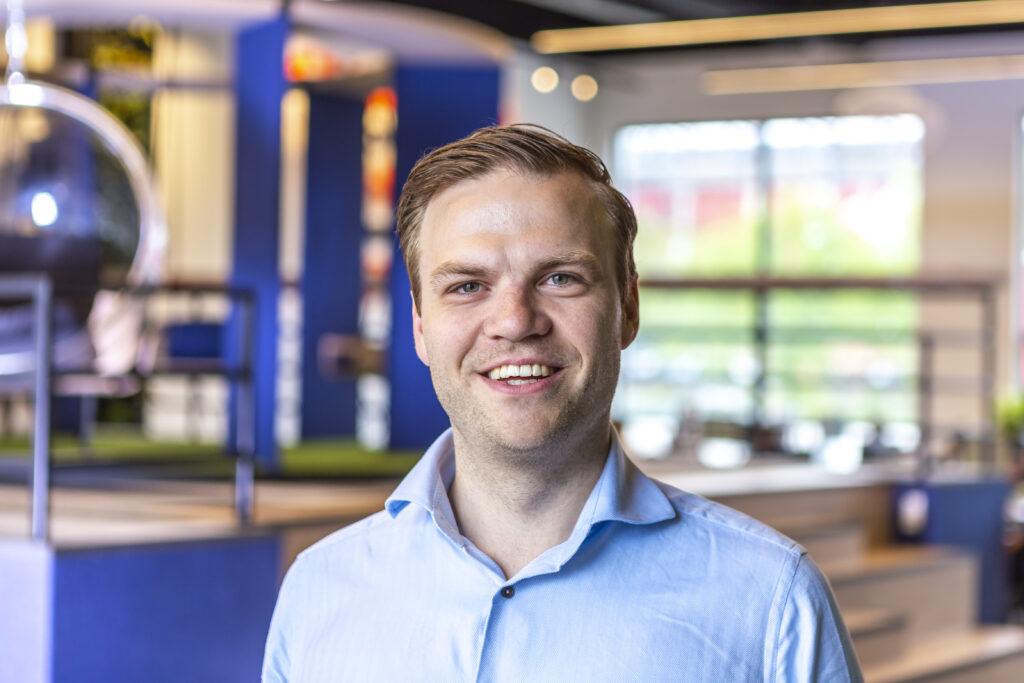Recap: Application Strategy Summit NSW 2024
Last week, we had the privilege of attending the NSW Strategy Application Summit alongside Mendix. The event was a resounding success, with over 150 attendees and 10 engaging sessions throughout the day. These sessions covered a variety of topics relevant to IT leaders in the field of application development.
Key themes explored during the summit included:
- Enhancing user experiences to drive application strategy forward.
- Overcoming complexities in application ecosystems through improved visibility.
- Continuous maintenance strategies for enhancing speed and quality.
- Fostering innovative user experiences and improving discoverability in application development.
In this blog
Throughout the day, eight sessions were dedicated to discussing these pivotal topics. Attendees had ample opportunity for interaction, facilitating valuable exchanges among like-minded individuals facing similar organizational challenges. This collaborative environment enabled leaders to share insights, solutions, and best practices, fostering a spirit of camaraderie and facilitating knowledge-sharing among attendees.
Our APAC lead, Harmjan Oonk, had the honor of being invited by Mendix to share insights into AI & ML practices implemented at our clients. Collaborating with Simon Guering, Mendix‘s Field CTO, we hosted the inaugural session of the day on the topic: “Simplify your AI/ML strategy for enhanced user experience.” The session garnered significant interest, drawing a packed audience eager to explore the synergy between low-code development and AI/ML technologies.
The recap:
Simplify your AI/ML strategy for enhanced user experience
During our session we discussed the following themes:
- How do organization have to deal with change, to prevent they will go extinct
- What do you see in architecture of IT
- How does low-code combine with AI & ML
How do organization have to deal with change, to prevent they will go extinct
IT organizations face rapid and constant change. In 2000, the average organization ran about 20 applications. Fast forward to 2020, and that number has skyrocketed to around 150 applications per organization. This surge reflects the growing interconnectedness of employees and customers to various systems. Moreover, the pace of developing new applications has significantly accelerated over the years. This trend underscores the imperative for IT to continually adapt to meet evolving demands and technological advancements.


What do you see in architecture of IT
The IT architecture landscape offers three main options: monolithic, service-oriented, and composable setups. Companies choose among these based on factors like scalability, flexibility, and business goals. Monolithic architecture integrates all components into a single application, offering simplicity but potentially limiting scalability. Service-oriented architecture (SOA) decomposes applications into flexible, reusable services. Composable architecture, the latest paradigm, emphasizes modular components for agility and scalability. Organizations transition between these architectures by assessing needs, defining migration strategies, and implementing changes gradually. The choice depends on factors like business objectives, technological capabilities, and industry trends, ultimately aligning IT architecture with business goals for optimal performance and competitiveness.
How does low-code combine with AI & ML
We discussed how Mendix offers connectors that seamlessly integrate with the latest technologies. By leveraging open-source or specialized ML/AI services, companies gain the flexibility to choose from over 500 different connectors. This extensive selection empowers companies to find services that precisely meet their needs, enhancing efficiency and innovation.
Finnaly two use cases were showed of clients of CAPE which used ML & AI in their business to enhance workflows.

About CAPE
With our APAC office in Sydney we help organizations to digitally transform. We work with you to solve business problems and rely on proven technologies and our battle-tested methodology.
We are a partner for the long run, and we don’t leave you after delivering a project. We’ve succesfully completed more than 350 IT Projects over the last 20 years.
Are you up for the challenge to become ready for the future?



